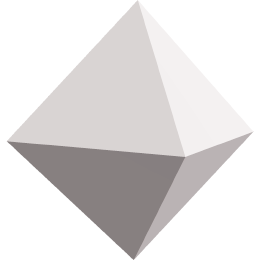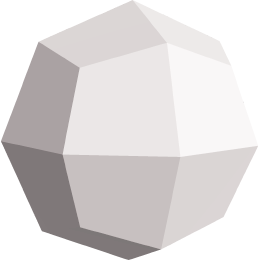


You can either create these 6 sides by converting the image with a software like PTGui or Cubic Converter for example. QTVR uses a cube with 6 sides to interactively display a panorama on the computer or within websites. Now the question is what can you do with this equirectangular format ? Actually you need to convert the image into a format that is readable as QTVR or as Domemaster (a domemaster is commonly used for planetarium and dome projections). If your settings are correct, the rendered image should look something like the image above. If your settings are correct, the rendered image should look something like this: This is important in order to get non-distorted renderings with this camera setup. When you are using VRay, you should use the VRay Physical Camera and set the type to Spherical and 360° within the render settings camera rollout and the image render resolution to an aspect ratio of 2.0 (e.g. But when working with VRay and Global Illumination, its not suited. As mentioned above, 3Ds Max has a built in “Panorama Exporter” that is suited for easy creation of QTVR with the Scanline Renderer. Reducing the size or ratio of this panorama is easy, so its good to understand the full sphere first.

Lets start with a full sphere 360° panorama. Do you want to create a Quicktime-VR for the web where you can navigate within the image and turn around ? Or do you want to create a skydome animation for a planetarium, or a full sphere animation or just a 360° panoramic image that is limited to the top and bottom ? The following images illustrate the differences: But first its important to know the final purpose of the 360° rendering, as it may make a difference in setting up the camera and render parameters. In order to render proper 360° domes or spheres you should use the VRay camera method that is also suitable for animations. So when GI is used, the corners / connections between the sides would not be consistent and therefore this method is not well suited for panorama renderings. Usually for QTVR you would use the included panorama exporter from 3Ds Max, but using VRay and Global Illumination you would get different looking images for each side of the cube, because each side would be rendered as one image separately. You can use this technique to create panorama tours through architecture, skydomes for image based lighting, animations in planetariums or amusement parks or just for fun. In this tutorial I´ll explain how to create full spherical panorama renderings within 3Ds Max with VRay. Tutorial on how to create full spherical panorama renderings with 3Ds Max and VRay.


 0 kommentar(er)
0 kommentar(er)
